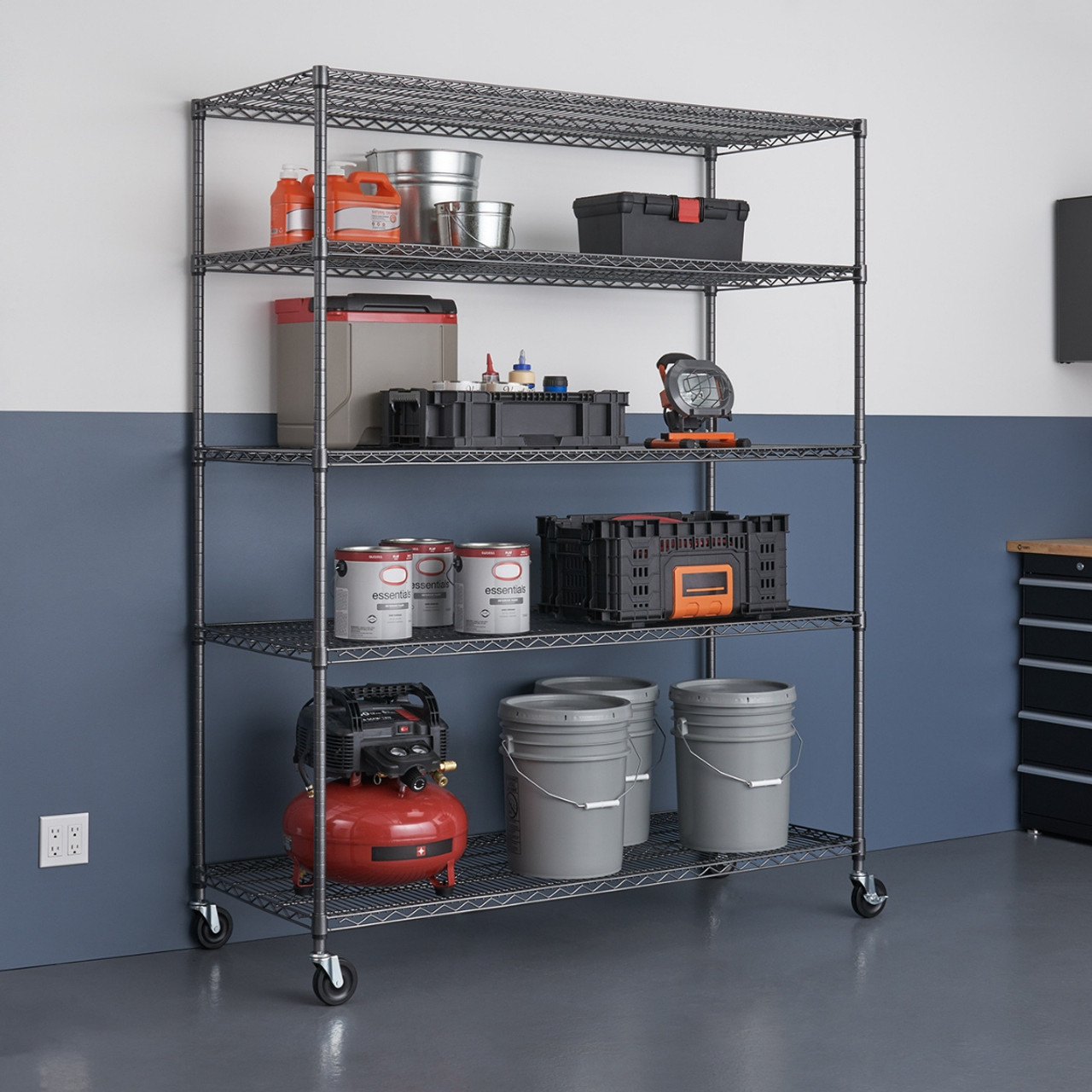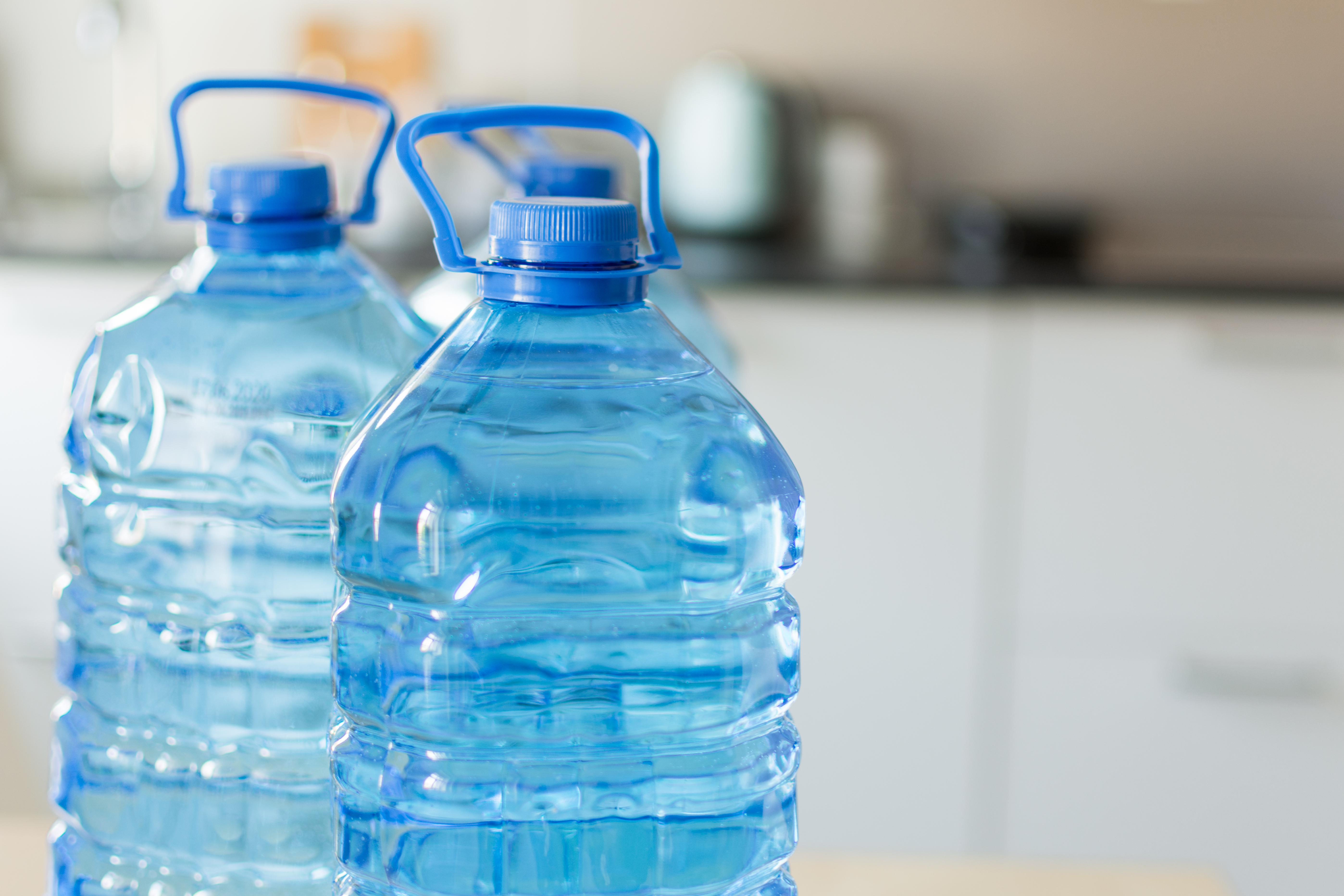Prepping With A Purpose: Insights from Nat Seller, The Preparedness Guy
Posted by Staci Wuokko on 4th Nov 2024
In an age of uncertainty, the notion of preparedness has gained significant traction. While some view it through a lens of paranoia, others see it as a vital civic responsibility. Nat Sellers, a seasoned doomsday prepper and host of the "Preparedness Works" podcast, sheds light on the realities of prepping, dispelling common misconceptions, and offering practical advice for those looking to enhance their readiness for natural disasters and other emergencies.
Misconceptions About Prepping
One of the most prevalent misconceptions Nat addresses is the idea that prepping is an anti-social or selfish endeavor. “Many people believe that being prepared means you are hoarding resources for yourself,” he explains. “In reality, preparedness is a socially-minded civic responsibility. By preparing, you are potentially one less person who would require community resources in an emergency.”
When disasters strike, emergency services can quickly become overwhelmed, leading to a triage system where only the most urgent calls are addressed. By having your own supplies (like our Trinity storage and wire shelving units) and plans in place, you contribute to the overall resilience of your community, allowing resources to be allocated to those in greater need.
Storing Emergency Provisions
 When
it comes to storing emergency supplies, Nat emphasizes thoughtful organization.
“Emergency provisions should be kept in a cool, dry place, ideally near an exit
for easy access in case of evacuation,” he advises. “You should aim to have
more provisions than what’s in your emergency kit.”
When
it comes to storing emergency supplies, Nat emphasizes thoughtful organization.
“Emergency provisions should be kept in a cool, dry place, ideally near an exit
for easy access in case of evacuation,” he advises. “You should aim to have
more provisions than what’s in your emergency kit.”
Nat outlines a strategic approach to food storage, advocating for a layered system that addresses immediate, short-term, mid-term, and long-term needs. This system ensures you have a variety of options available, from ready-to-eat meals to shelf-stable staples that can last decades. We recommend using our wire shelving units to keep things properly stored.
Sustainable Food Options
For those concerned about food sustainability during extended emergencies, Nat recommends practical solutions. “While self-sufficient gardens and livestock are ideal, they require planning and time,” he notes. Instead, he encourages individuals to focus on storing food that meets personal needs, is enjoyable to eat, and won’t go to waste.
He breaks down food storage into four layers:
1. Immediate Needs: Ready-to-eat, shelf-stable foods for immediate emergencies stored on an easy access shelving, like this one here with wheels.
2. Short-Term Needs: Fresh foods and pantry items that can sustain you for a couple of weeks.
3. Mid-Term Needs: Shelf-stable versions of regular foods to extend availability.
4. Long-Term Needs: Staple foods with long shelf lives, such as rice, beans, and freeze-dried ingredients.
Water Safety and Storage
Water storage is another critical aspect of preparedness. Nat emphasizes the importance of using sealed containers for immediate needs, while also suggesting clean, food-grade containers for short-term storage. For long-term water storage, he highlights the necessity of having reliable methods for collection, filtration, and purification. “Having a robust water filtration system is essential, as is knowing how to treat water chemically,” he says.
Inventory Management
Keeping track of stored supplies can be daunting, but Nat has developed effective strategies. He utilizes a combination of technology and simple inventory practices. “I maintain a list on my phone that syncs with my wife’s, ensuring we’re both aware of what we need,” he explains. He also encourages establishing minimum and maximum storage levels to avoid waste and ensure adequate supplies.
Organization Strategies
Effective organization is key to ensuring all supplies are easy to access. Nat suggests that frequently used items should be more accessible, while less frequently used supplies can be stored in less accessible areas. Labeling containers helps prevent confusion and ensures you know what you have without having to rummage through every tote. You can find lots of organization ideas for storage here.
The Essential Item to Store
When asked about one essential item everyone should start storing now, Nat emphasizes the importance of personal needs. “There’s no one-size-fits-all answer,” he states. “Identifying your unique hazards and needs is crucial.” He encourages individuals to assess their vulnerabilities regarding food, water, and other necessities to determine what supplies they should prioritize.
 A Positive Approach to Preparedness
A Positive Approach to Preparedness
Finally, Nat urges a shift in perspective regarding preparedness. “People often associate prepping with fear, but it should come from a place of positivity,” he advises. “Focus on what you can do to ensure things go right, rather than dwelling on what could go wrong.” Preparedness, according to Nat, is about meeting your needs before emergencies arise, ultimately enhancing your confidence and security.
In conclusion, doomsday prepping is more than just stockpiling supplies; it’s a proactive approach to life that prioritizes resilience, community support, and personal well-being. By embracing preparedness with a positive mindset, individuals can turn uncertainty into empowerment, ensuring they are ready for whatever challenges may come their way. You can learn more tips from Nat, here. Check him out on Instagram, here.

